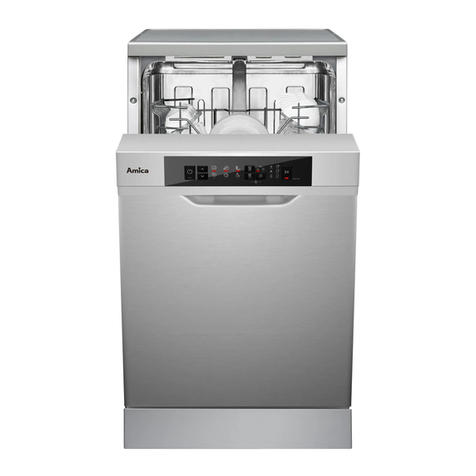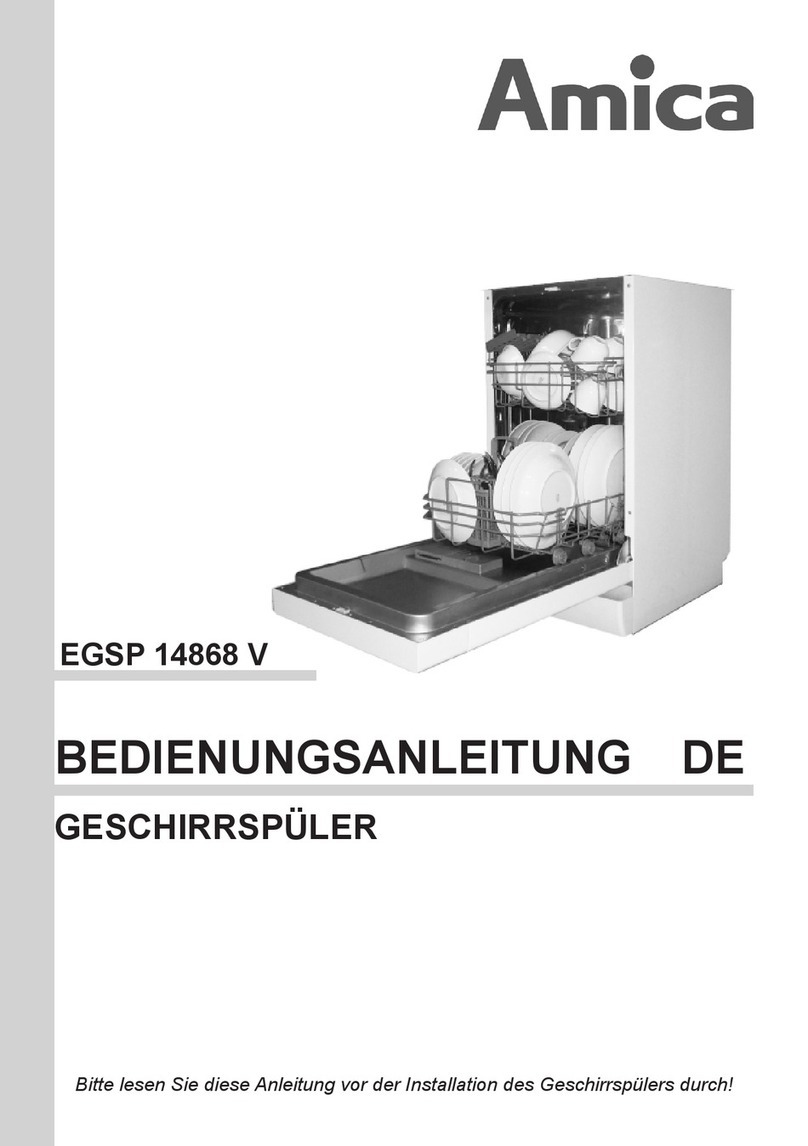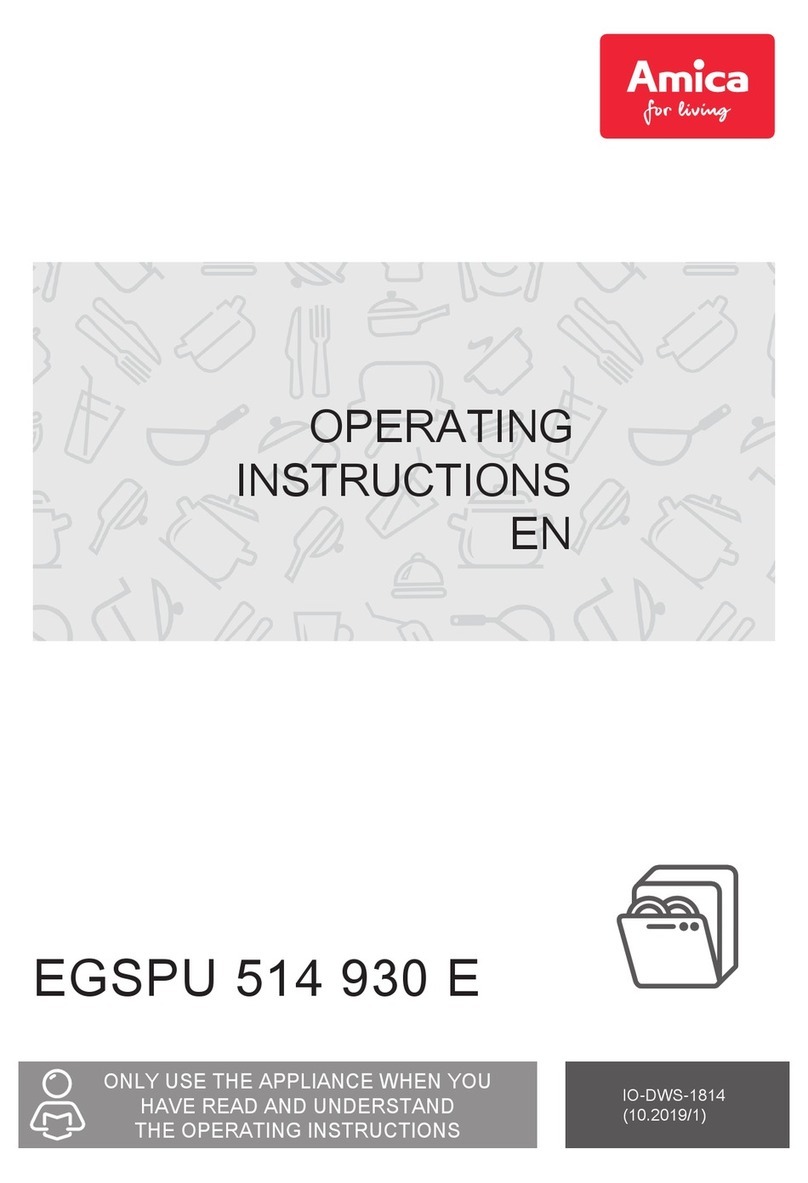Amica ZIG 665C User manual
Other Amica Dishwasher manuals
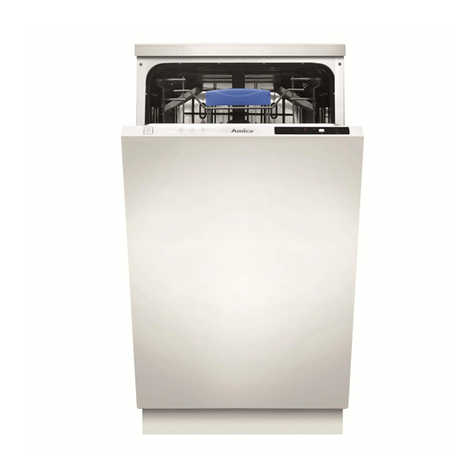
Amica
Amica ZIV413 User manual

Amica
Amica ZZG 446C User manual
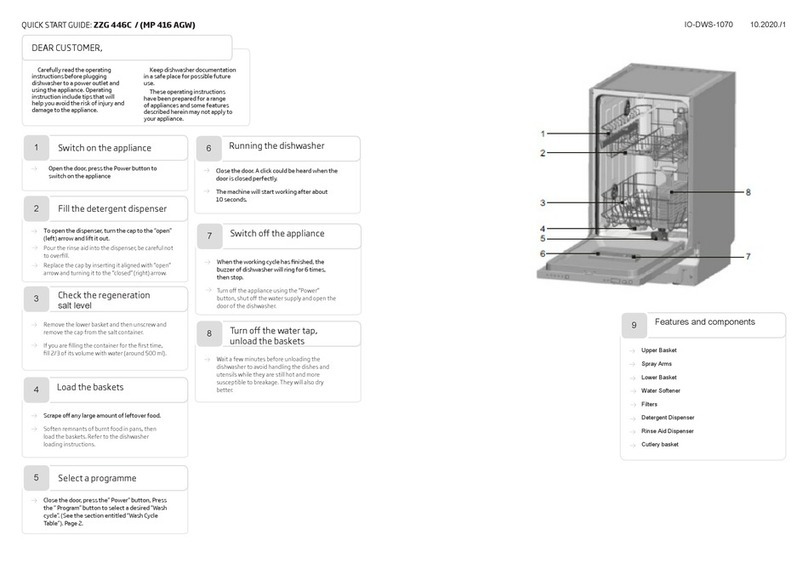
Amica
Amica MP 416 AGW User manual

Amica
Amica GSP 543 910 SI User manual

Amica
Amica GSP 543 500 S User manual
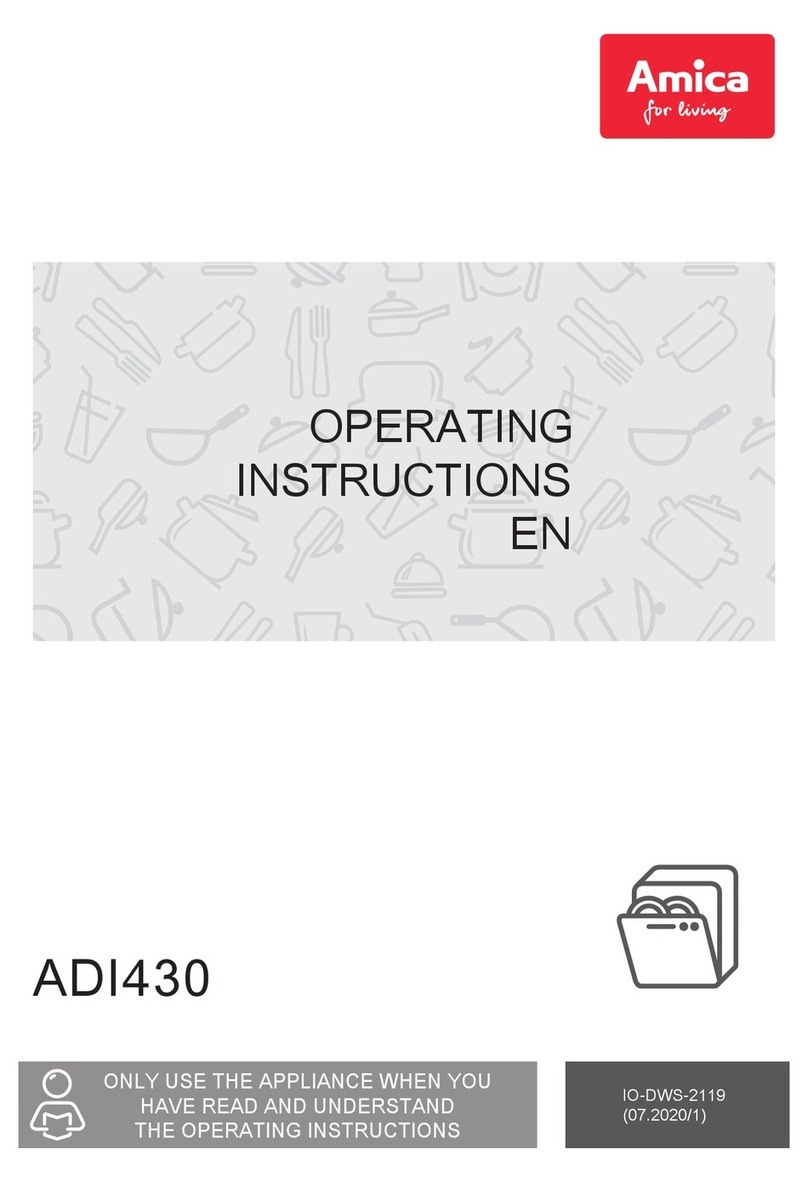
Amica
Amica ADI430 User manual

Amica
Amica ADI630 User manual
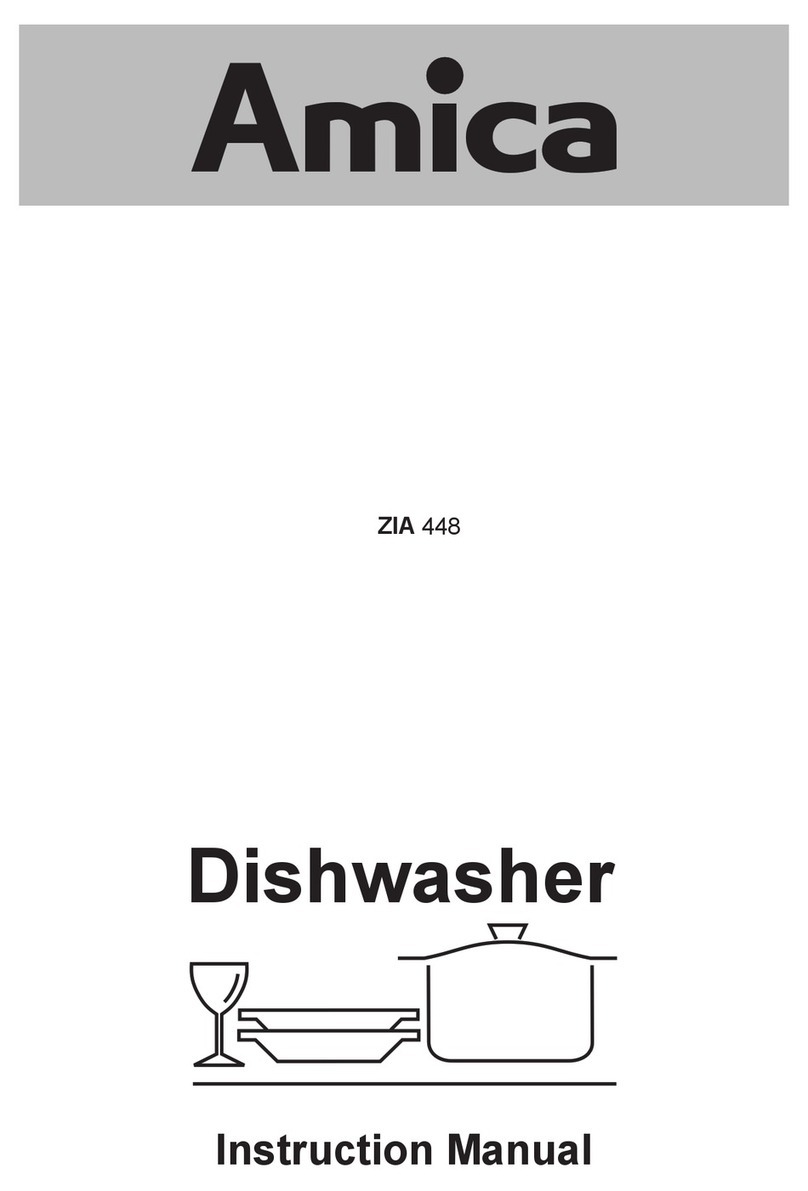
Amica
Amica ZIA 448 User manual
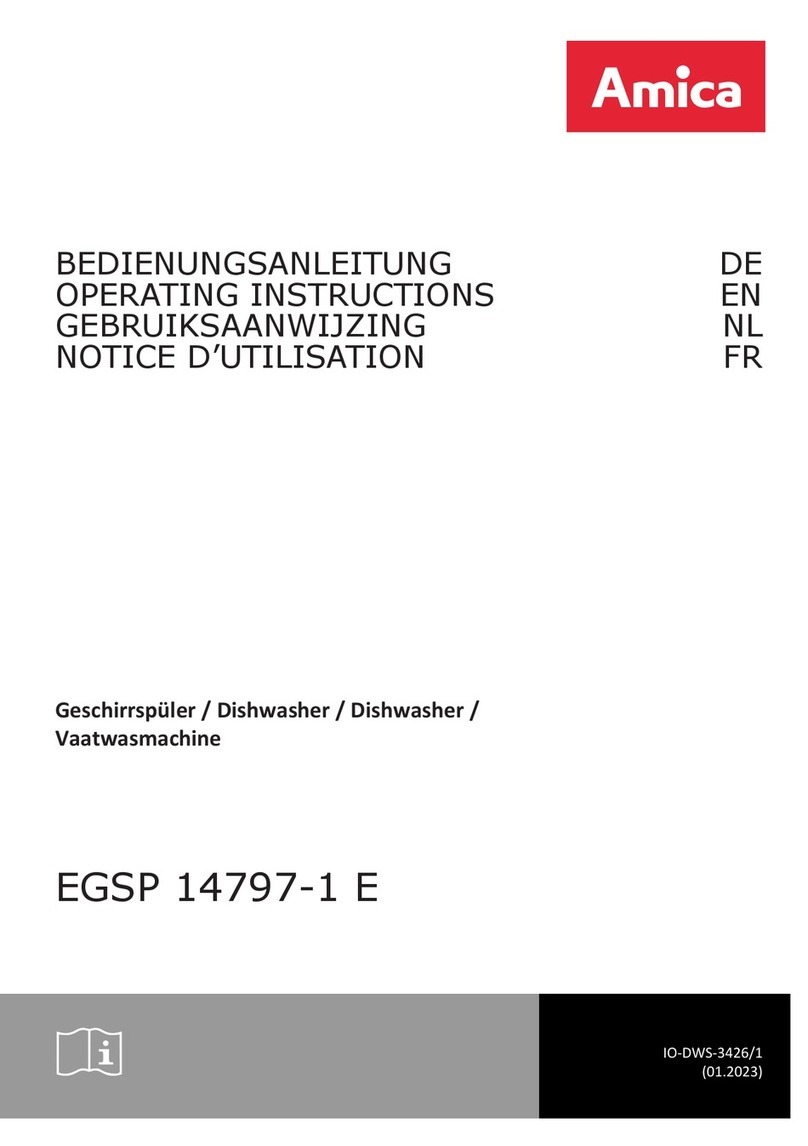
Amica
Amica EGSP 14797-1 E User manual

Amica
Amica ZZG 646C User manual

Amica
Amica DIM42E6QH User manual

Amica
Amica EGSP 14684 V User manual
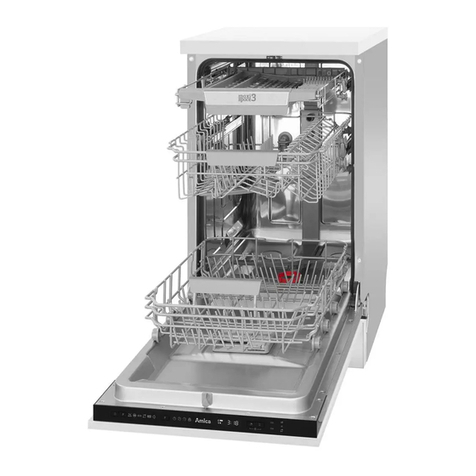
Amica
Amica DIM44D6EBOQH User manual

Amica
Amica EGSP 14686 V User manual
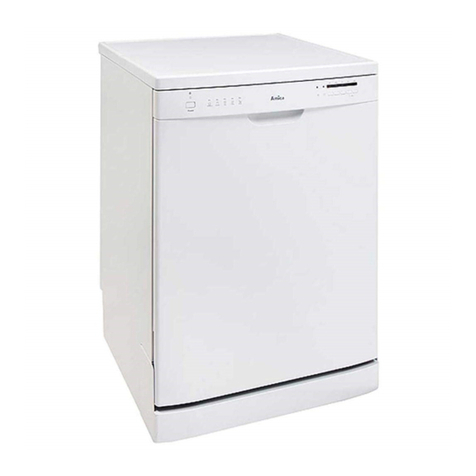
Amica
Amica ZWM 626 W User manual

Amica
Amica GSP 14844 E User manual
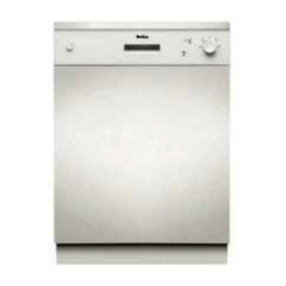
Amica
Amica ZZV614W User manual
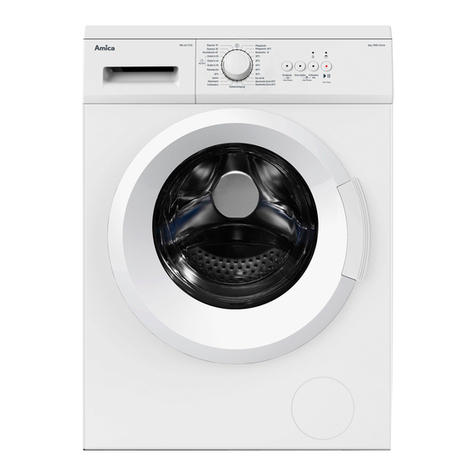
Amica
Amica WA 461 010 User manual

Amica
Amica ZIV615 User manual

Amica
Amica EGSP 14797 E User manual
